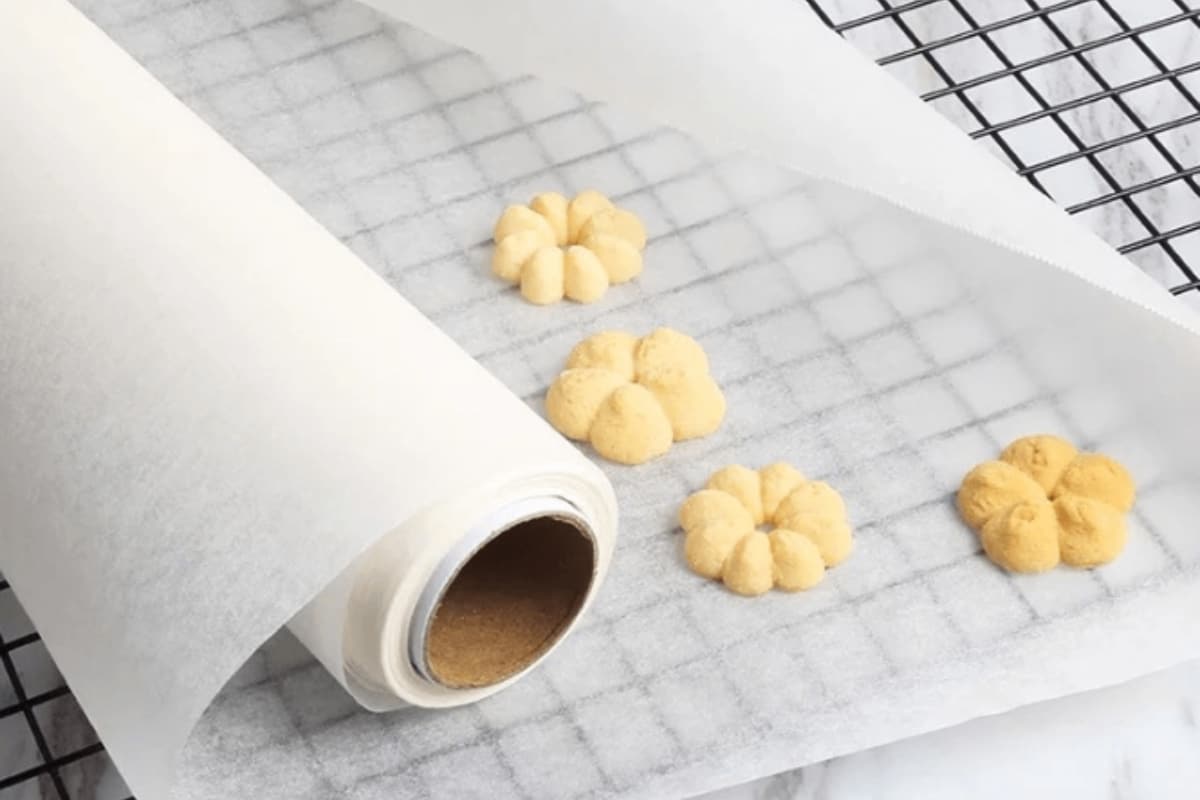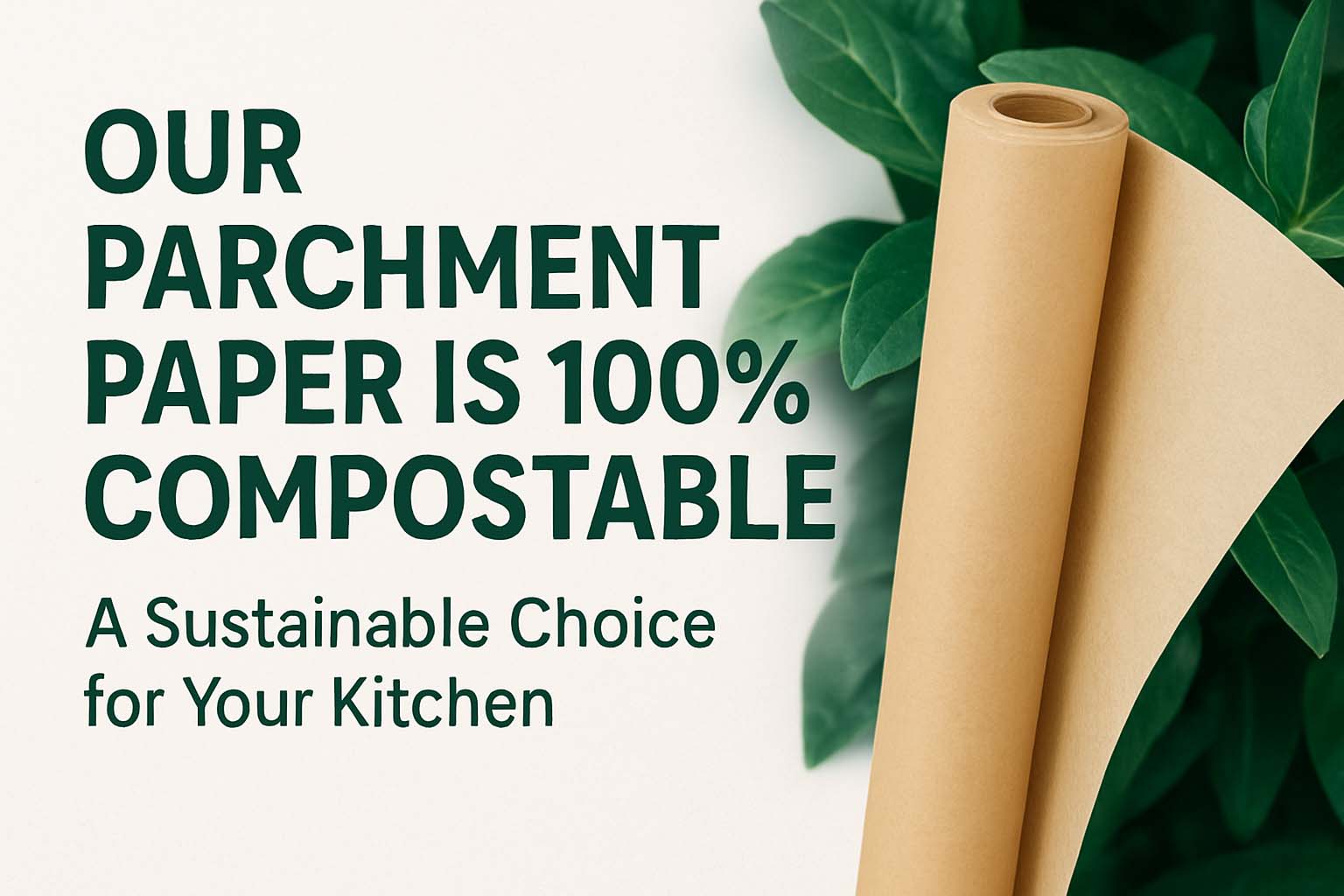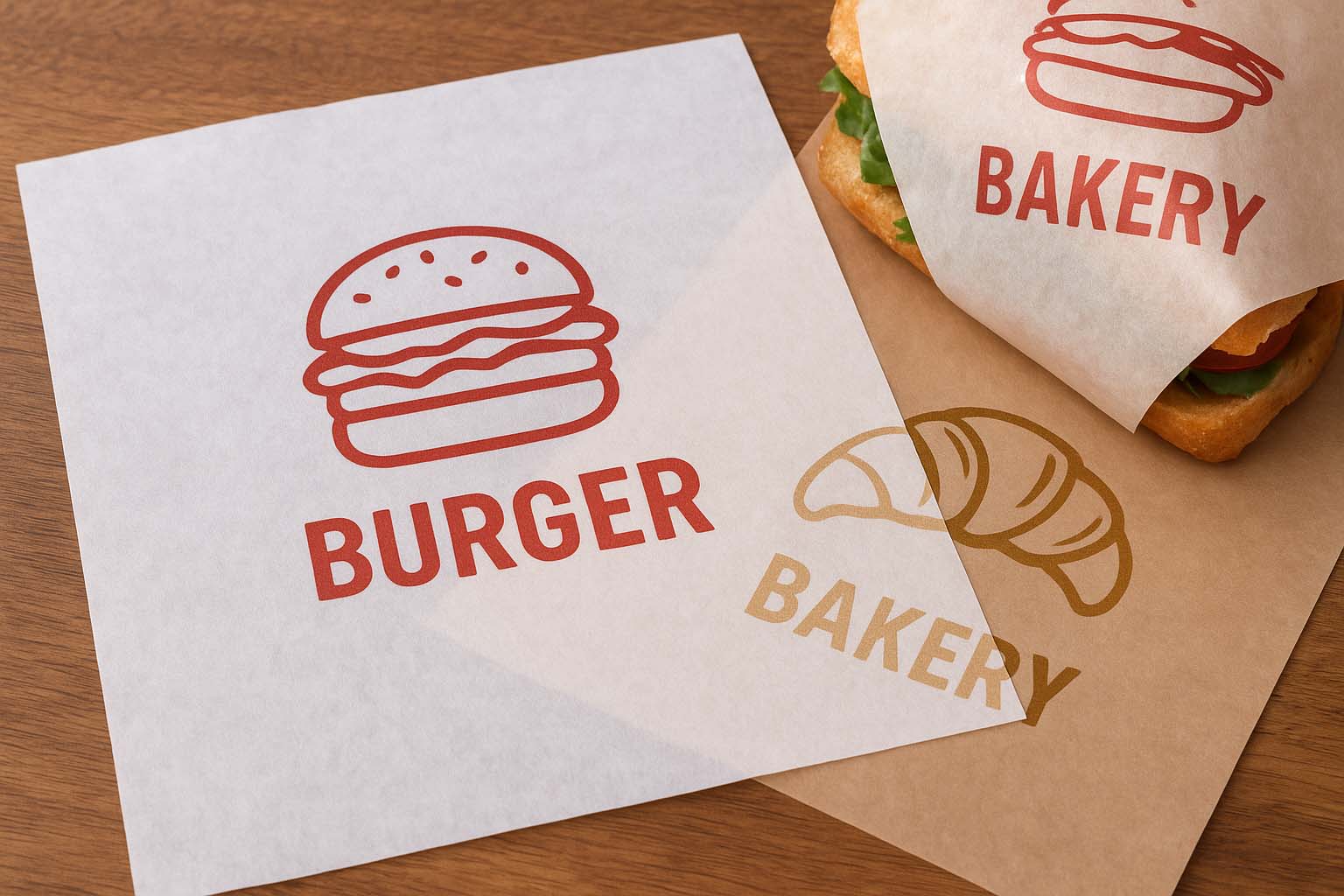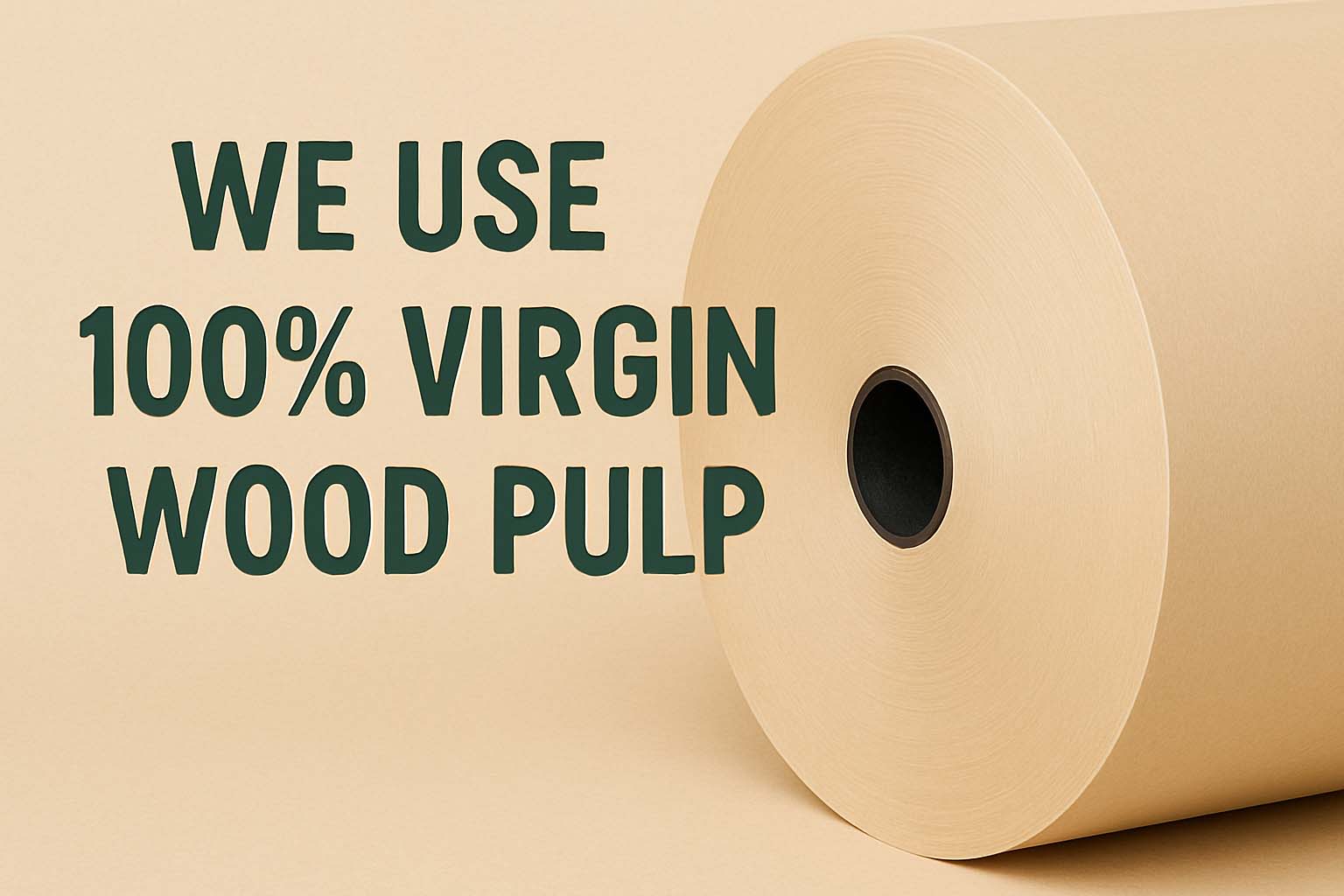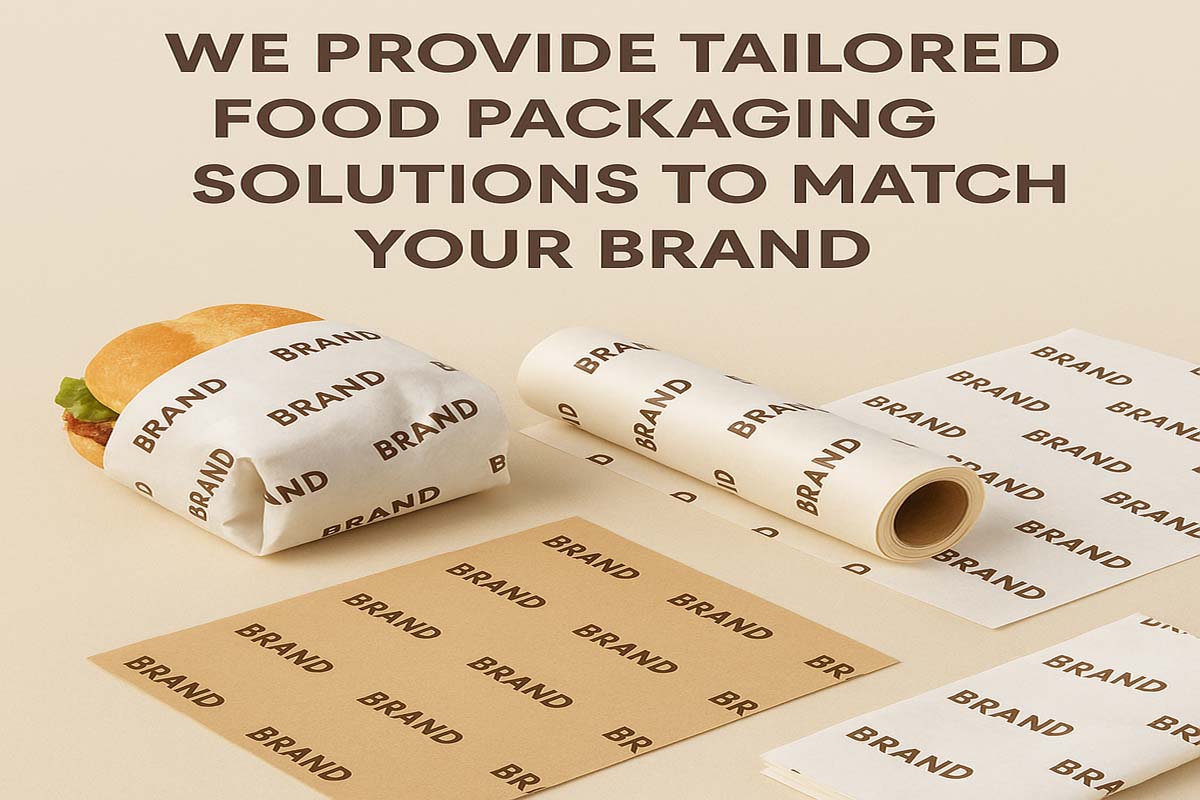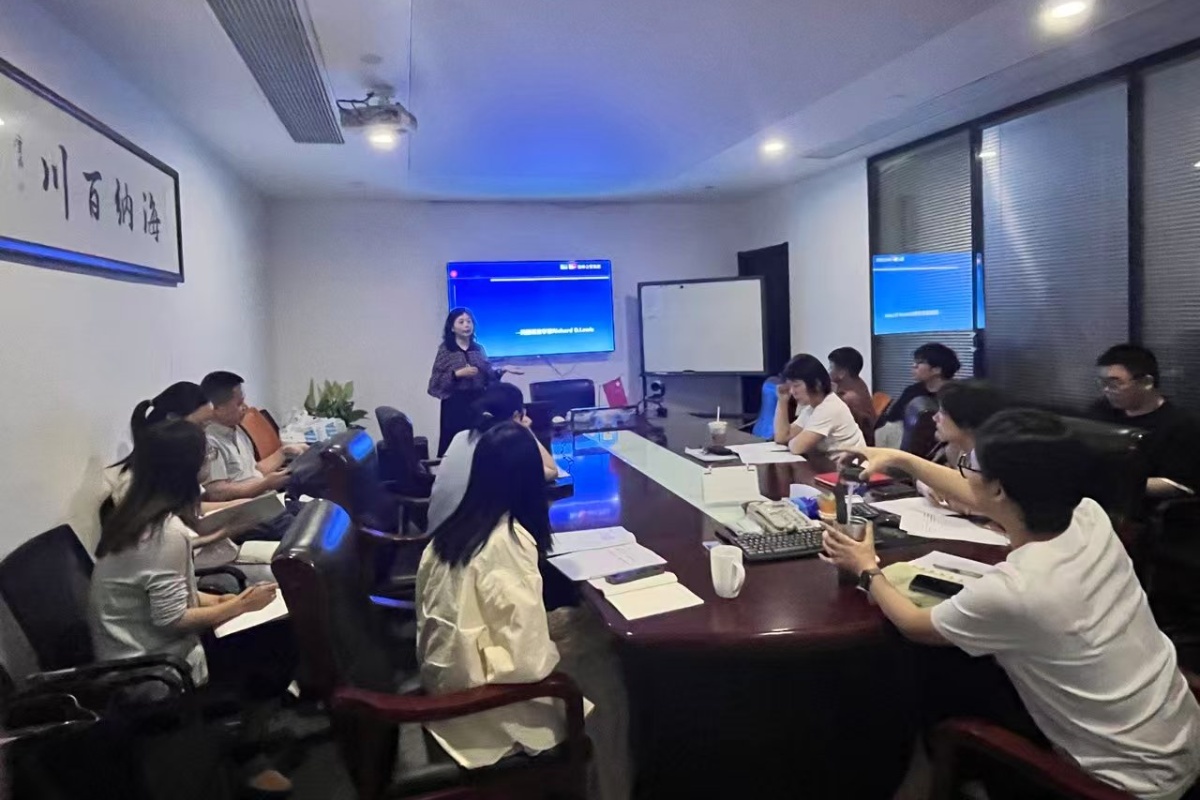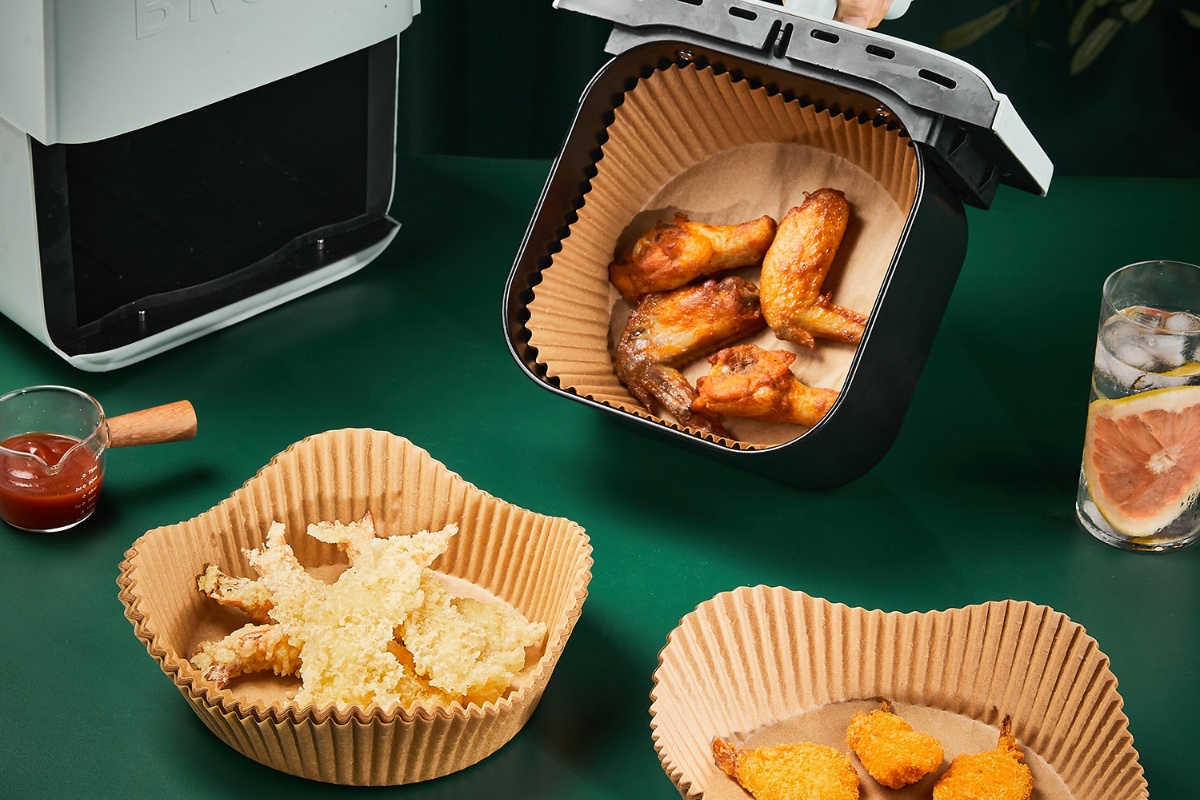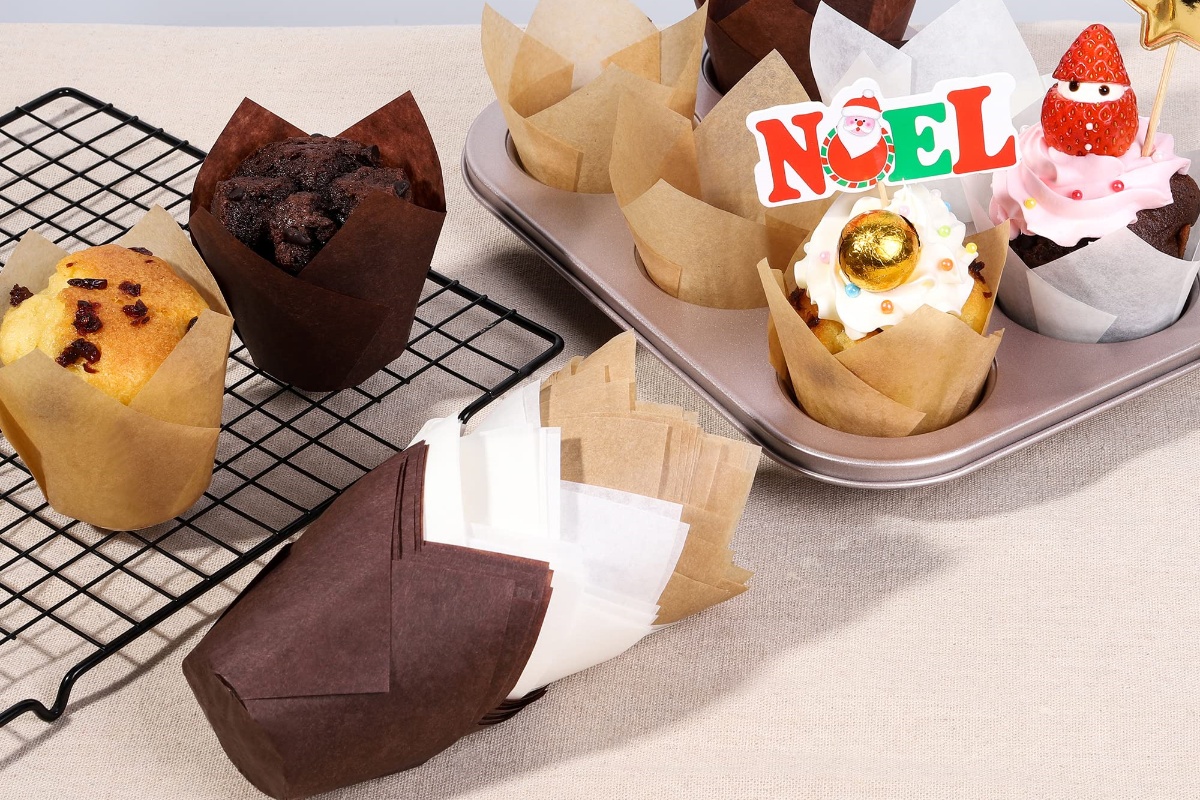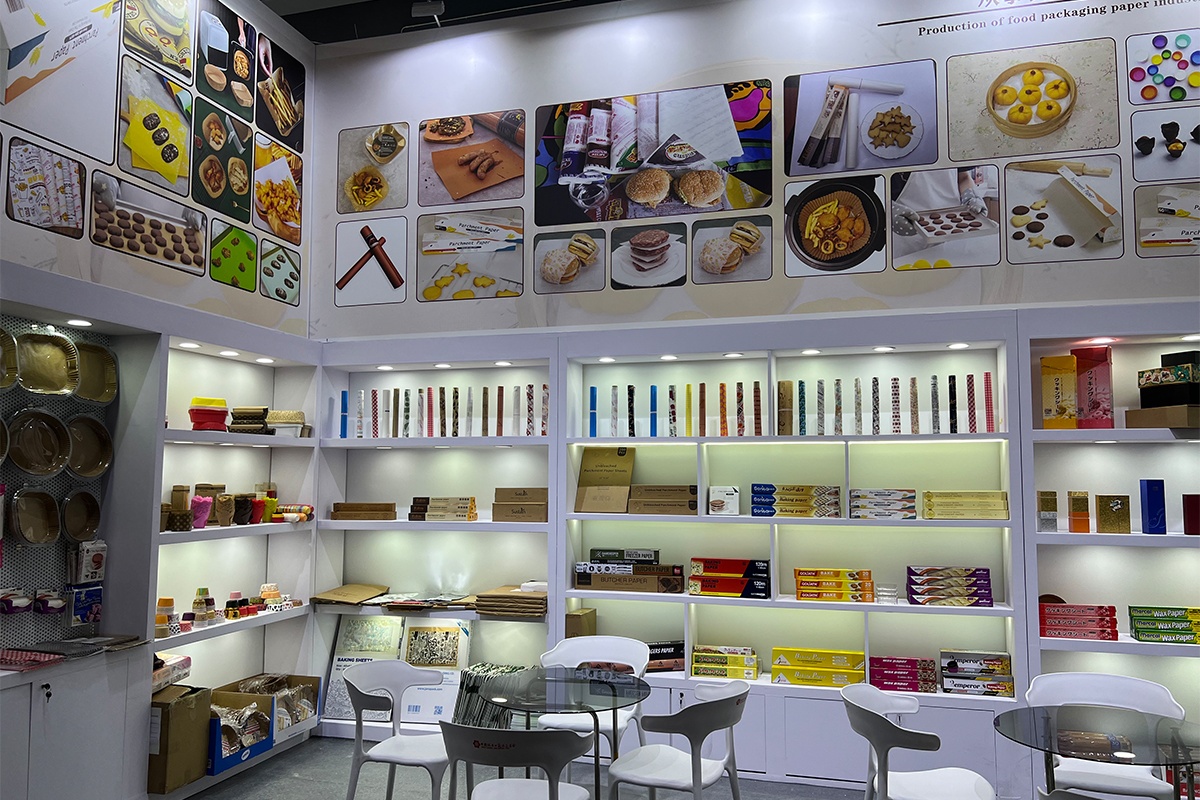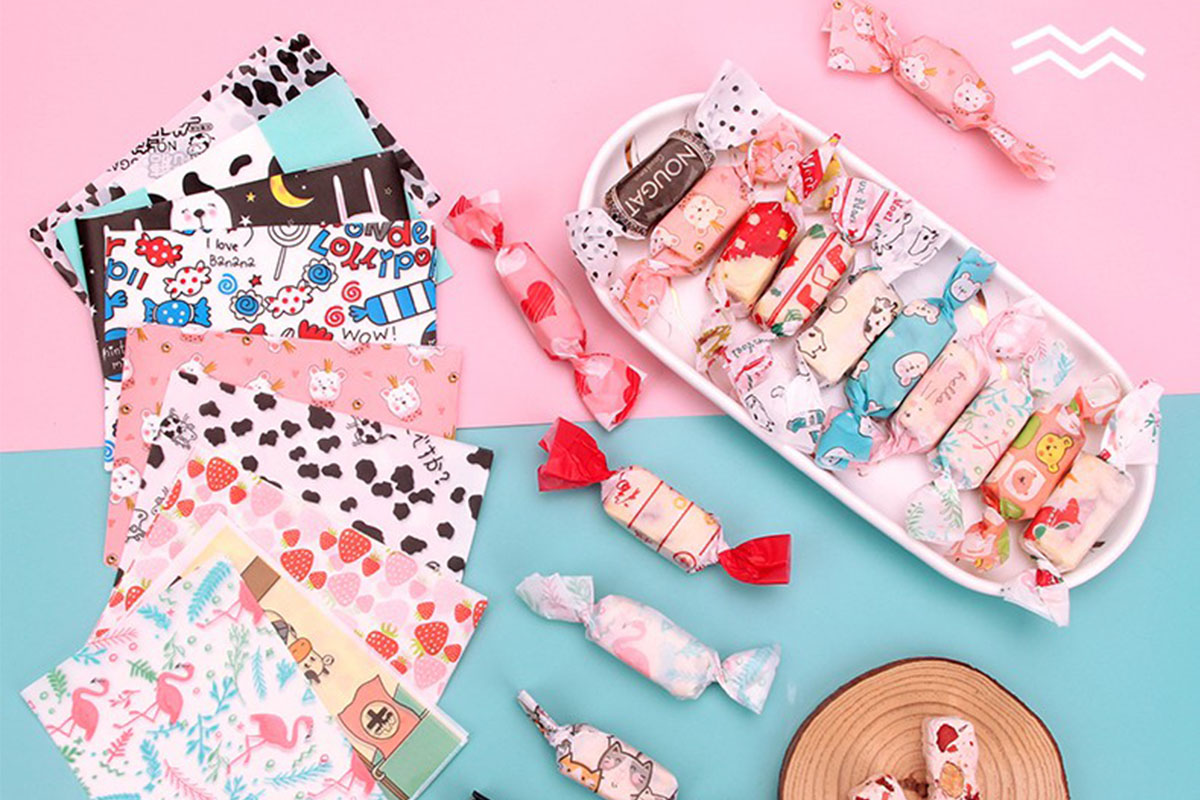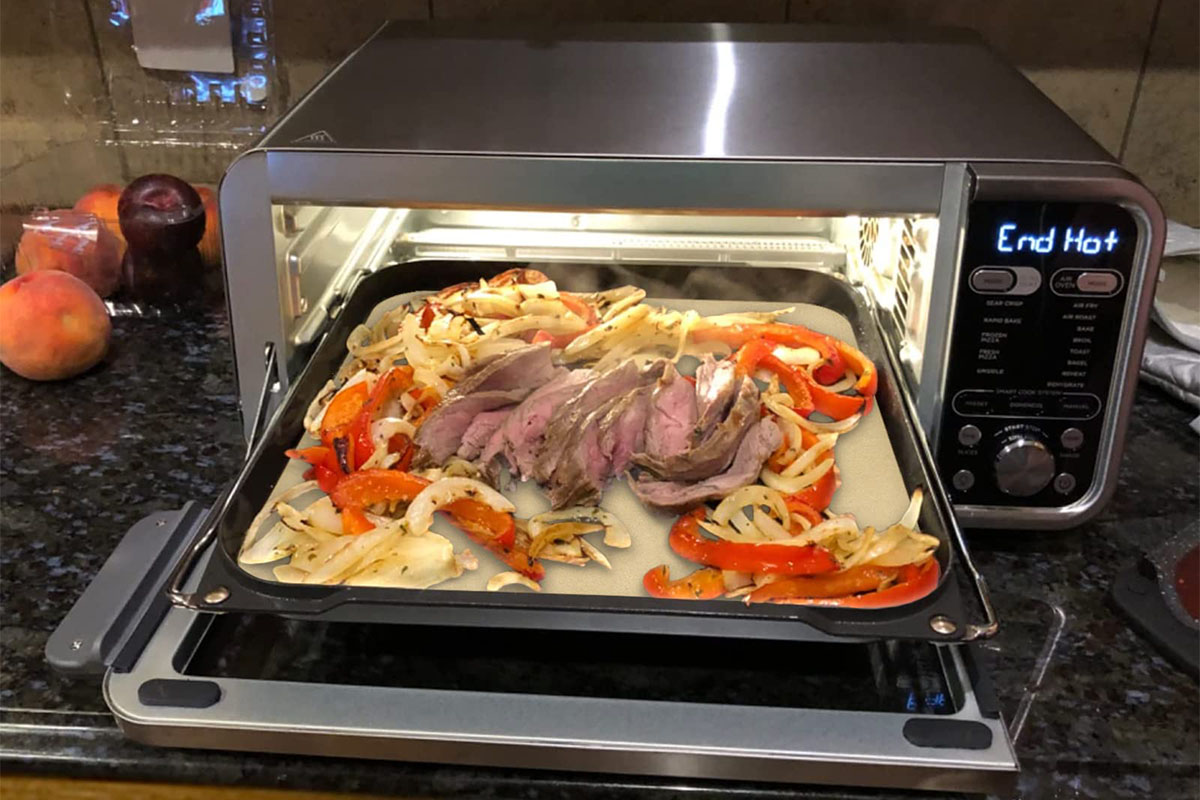Is baking paper safe? While it’s a common kitchen staple, not all baking paper is created equal. In this article, we reveal three hidden safety concerns you might not be aware of.
1.The Paper Substrate: Raw Pulp Matters
The base of baking paper—known as the paper substrate—is usually made from materials like parchment paper, translucent paper, or high-density overpressure kraft pulp. However, the most important factor is whether it is made from raw, virgin pulp.
Using raw pulp means the paper is manufactured through environmentally friendly and food-safe methods, without the use of harsh bleaching agents or harmful chemical additives. This ensures greater strength and tear resistance, making the baking paper more durable and safer to use during high-temperature cooking.
At Hongchang, our parchment baking paper is made exclusively from pure virgin pulp to ensure high performance and peace of mind.
2.Silicone Coating: Safe vs. Hazardous Types
To achieve heat resistance and non-stick properties, baking paper is coated with silicone. There are several types of silicone coatings:
- Solvent-free
- Emulsion type
- Solvent-based
Among these, solvent-free and emulsion types are considered the safest and most environmentally friendly. These technologies are widely adopted in Europe and the U.S. because they minimize harmful residue.
Unfortunately, many domestic manufacturers still use solvent-based coatings, which, while effective in release performance, can leave behind chemical residues during baking. These residues may pose health risks over time, especially when exposed to high heat or direct food contact.
At Hongchang, we strictly use food-grade silicone coatings that meet international safety standards.
3.Additives and Oil-Resistance Agents
To enhance oil resistance and improve surface quality, some manufacturers apply extra oil-repellent agents during production. While this might speed up the manufacturing process, the misuse of these agents can lead to food safety issues, especially when low-grade chemicals are involved.
One safe method is to adjust the pulp’s fiber structure and improve its tightness and oil resistance through mechanical refining, rather than relying on external chemical treatments.
At Hongchang, we do not compromise on safety. Our manufacturing process avoids inferior additives and relies on optimized pulp treatment techniques to ensure oil resistance naturally and safely.
Baking paper may look simple, but the safety behind it is rooted in its materials and production process. The three key areas—paper substrate, silicone coating, and additive use—must be carefully controlled to avoid long-term health and safety risks.
Our Hongchang baking paper is manufactured under strict quality controls to meet international food-grade standards. By choosing the right product and understanding what goes into it, you can bake with confidence and ensure food safety for yourself and your loved ones.

